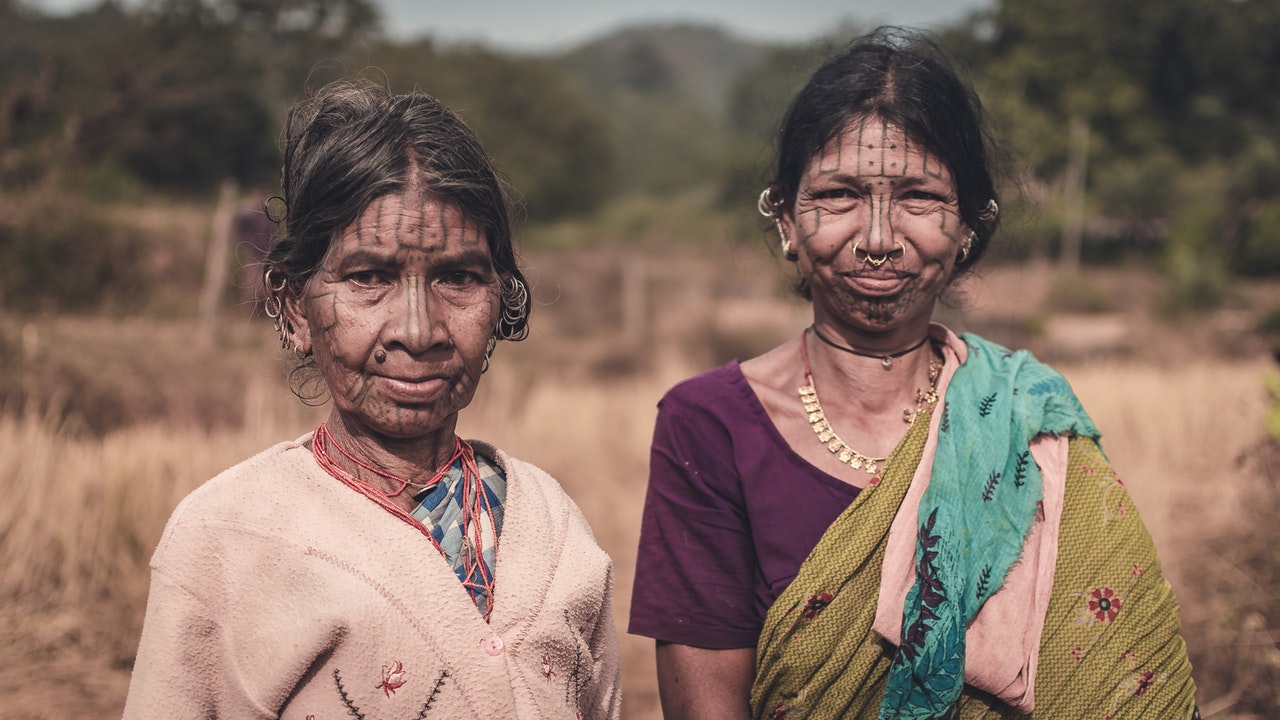
- Sustainable Planet -
- 9mins -
- 1,398 views
The wisest rainforest conservation solution that doesn’t get enough press
Numerous success stories from around the world are coming to light, proving that giving indigenous communities legal title to their land has been more effective at protecting forests than declaring them national parks.
Indigenous peoples are the unsung guardians of the gardens of our planet
Did you know that while they make up less than 5% of the global population, indigenous peoples sustain many of the healthiest ecosystems on Earth? They manage more than one-quarter of all land on the planet, while protecting about 80% of global biodiversity. They also account for about 15% of the world’s extreme poor. Those are some sobering statistics.
Now, there is growing evidence coming to light from around the world that giving indigenous peoples control over the forest that they have called home for generations can be the wisest and most cost-effective way of safeguarding its best interests into the future. It appears that simply awarding indigenous people formal title to their (own) land is proving to have a significant positive impact above and beyond other solutions such as making these regions into national parks.
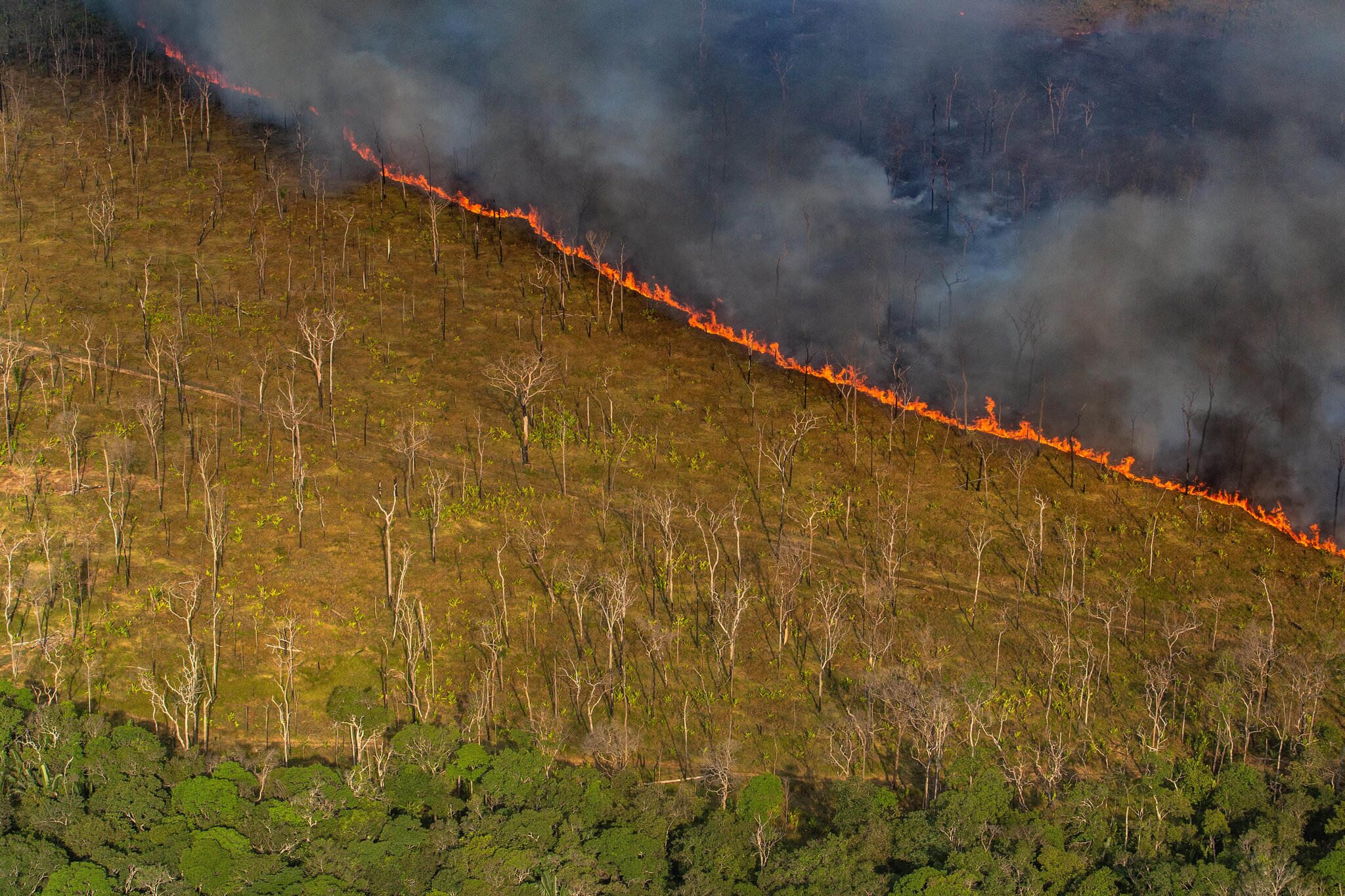
giving indigenous communities legal title to their land cut forest loss by 81%
We hardly need tell you that the world’s rainforests are shrinking at a truly alarming rate. However, their destruction is now threatening to overwhelm all our efforts to slow climate change. Scientists have warned that if there is to be any hope of capping the global temperature rise at the 1.5 degree threshold seen as the maximum ‘safe’ level, then we absolutely must halt forest destruction, and soon. Where to start? Well, when it comes to rainforests, the most promising solution seems surprisingly simple: trust the people who live there.
There’s growing evidence that giving indigenous peoples control over the forest which they have called home for generations can be the best – and most cost-effective – way of safeguarding its future. Simply awarding them formal title to their land can make a huge difference.
In the Peruvian Amazon, for example, studies show that giving indigenous communities legal title to their land cut forest loss by a whopping 81% over the following year. Interestingly, such recognition is even more effective than declaring a forest region to be a protected area, such as a national park.
Martin Simmoneau, programme manager at the charity Cool Earth, which works directly with rainforest communities says. “The forest brings them food, it brings them water, it brings them an income. Their long-term survival and their prosperity as a people depends on it. It’s their bank account and their marketplace.”
However, Simmoneau points out that like people everywhere, they need to make a living, and the pressure to cover expenses such as healthcare and education, as well as a wish for life’s little luxuries, can lead to some people selling off logging rights, for example. Meanwhile, with populations rising, some traditional practices, such as slash-and-burn cultivation (practised by forest communities and incomers alike) is also driving deforestation.
Often, the best results come when indigenous communities work in partnership with friends and allies from elsewhere – sometimes in-country, sometimes across the world. Then they can blend traditional knowledge with 21st-century expertise and connections, to mutual benefit. Below are some examples.
Source: Positive.News
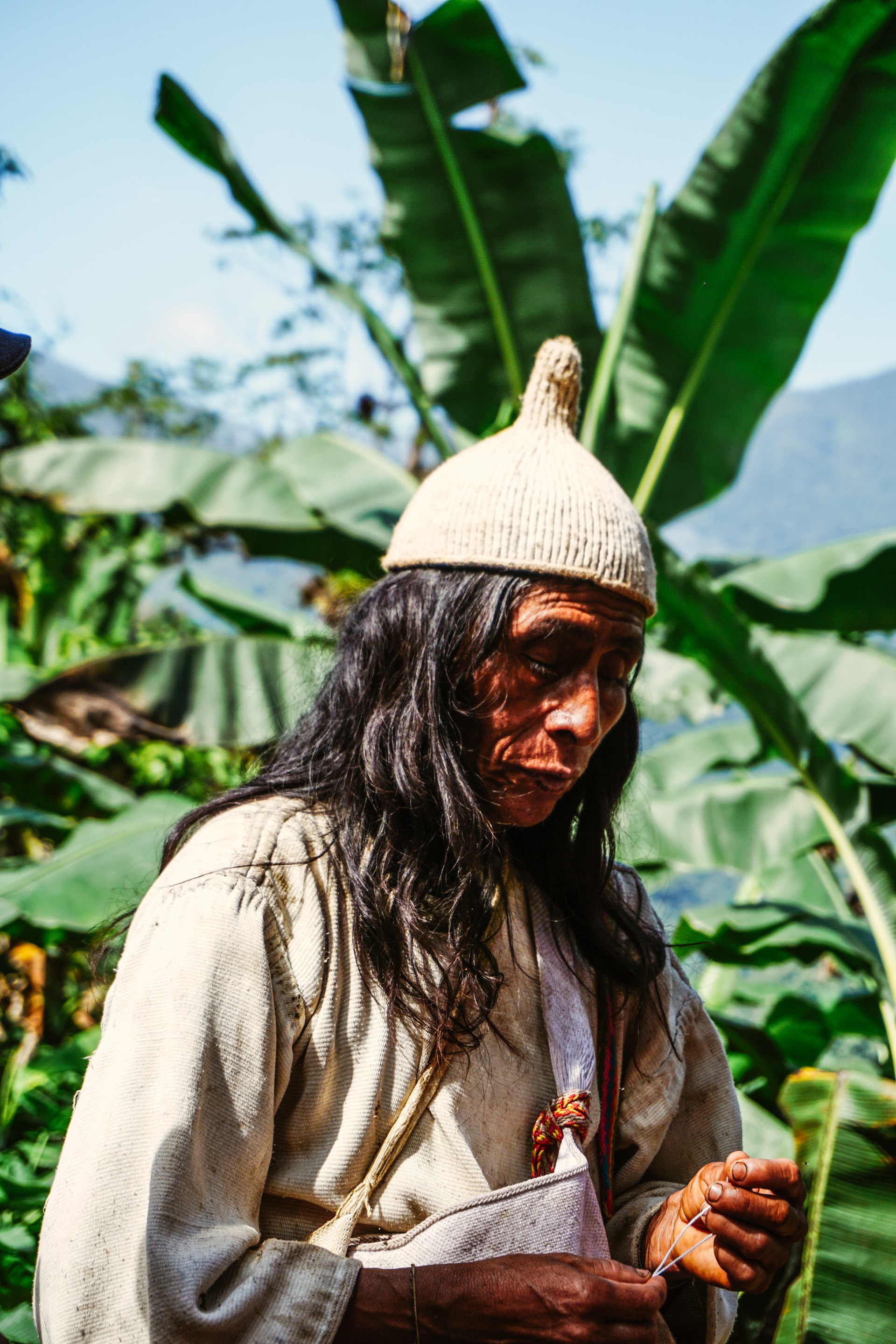
1. Rede de Sementes do Xingu, Brazil
The traditional homeland of the Xingu Peoples lies in central Brazil, in an area under increasing pressure from industrial-scale agriculture and cattle ranching. Conflicts between farmers and the Xingu are all too common. But deforestation is harming the farms as well as the forest, by disrupting water supplies and increasing fire risk.
Efforts to replant trees using conventional methods failed, until a new seed collection network, the Rede de Sementes do Xingu, stepped in. It draws on the knowledge of Xingu women in particular, many of whom have become forest entrepreneurs: they collect a wide variety of seeds of native species, and train community members and farmers alike in a traditional practice known as Mavuca. This involves scattering a mix of seeds across the soil, and makes it possible to sow up to 10 times more trees per hectare – and at half the cost – than the conventional method of planting saplings of a single species.
To date, more than 6,600 hectares of degraded forest have been restored, as a result of which the number and severity of fires has been dramatically reduced. Even in 2019, when record fires raged across Amazonia, only 1,600 hectares were lost in the Xingu Basin – compared with 100,000 hectares a decade previously, before the programme started.
In its 12 years of operation, the network – which won an Ashden Award for climate innovation in 2020 – has generated around US$750,000 (£574,000) in income for the Xingu communities collecting the seeds. It has also generated a great deal of pride among the seed collectors, or Yarang, as they are known, who share stories and videos of their work on messaging apps.
And it’s helped heal the rift between the Xingu and outsiders, while giving forest dwellers the opportunity to enjoy a prosperous life in their forest home, rather than abandon it in their search for a better future in the city.
Xingu farmer Placides Pereira is among the collectors, and has seen the impact of reforestation on his own land. Even during the serious drought of 2016, he says: “The stream that passes by my house did not dry up. A professor from a university came to research at my farm, and I’m already giving lectures. I didn’t know that people wanted to know what I know.”
Source: Positive.News
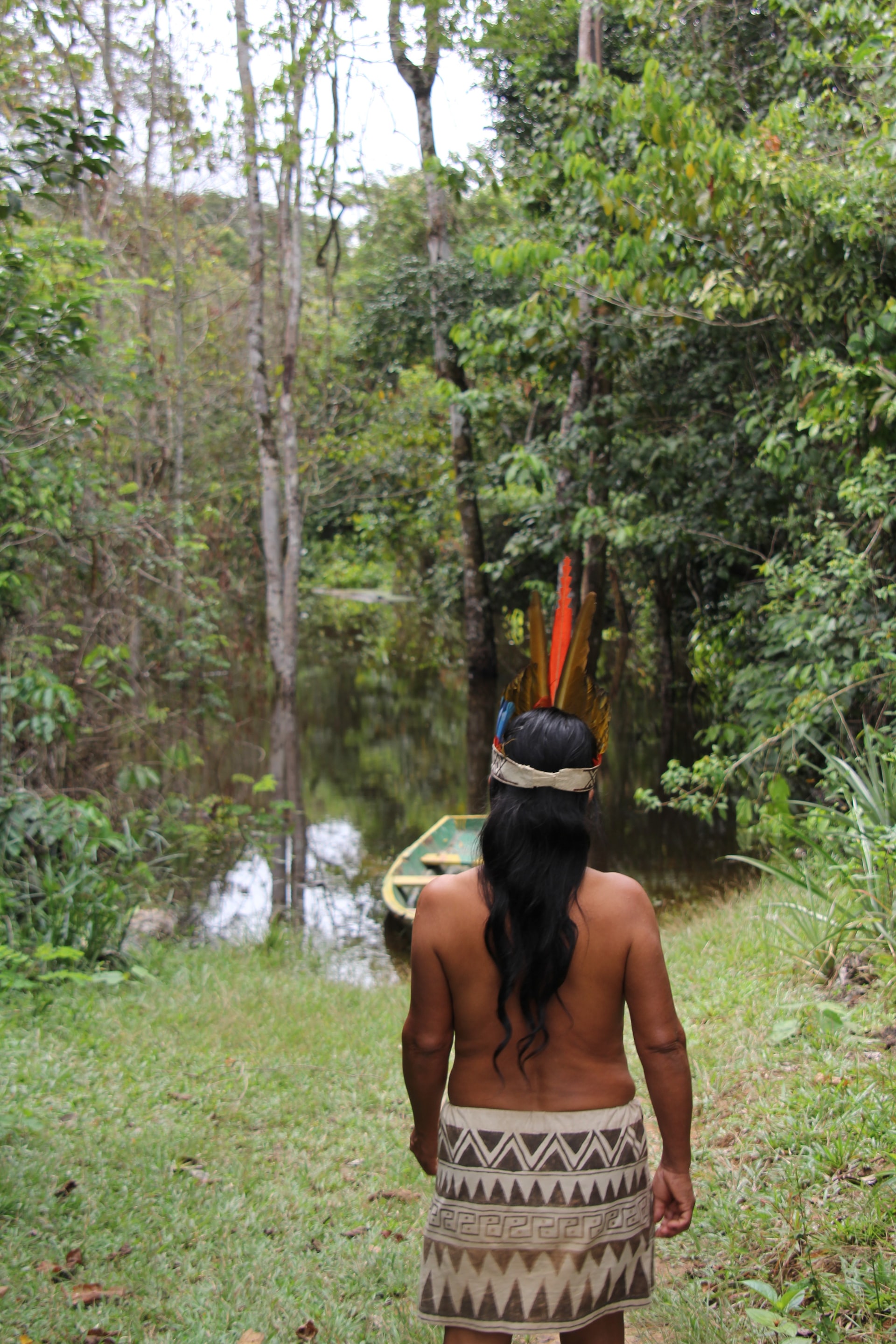
2. Ene Valley, Peru
Peru’s remote Ene Valley is home to the Asháninka people. Their way of life has been hard hit over the last few decades by the successive impacts of the Shining Path guerrillas, the cocaine mafia and now incursions by loggers, who put pressure on communities to sell off their trees at knockdown rates.
Lacking the cash to pay for essentials such as education and medicines, this pressure can be hard to resist. But some are determined to do so, and several Asháninka communities have formed partnerships with the charity Cool Earth to help develop more sustainable ways of making a living: ones that keep the forest intact, yet can more than match the one-off cash injection that would come from logging.
These include growing coffee and cacao, both of which can thrive in the shade of the rainforest trees. Cool Earth provides funding and training to help Asháninka farmers improve the quality of their coffee and cacao beans, find natural ways to protect them from disease, and connect with local buyers and regional markets. This helps them secure a decent price for what are, after all, high-quality products – with the added cachet of being ‘rainforest grown’ coffee and chocolate.
Farming like this helps to take the pressure off the forest from the slash-and-burn cultivation methods traditionally used to grow staples like yuca. Thanks to advances in satellite imaging, the Asháninka themselves are now able to see its impact. As well as encouraging the people to pursue sustainable alternatives, they show that when indigenous groups keep control of their land, forest loss is dramatically reduced – by over 70%, in the Rio Tambo district, where the Cool Earth partnerships are under way.
Source: Positive.News
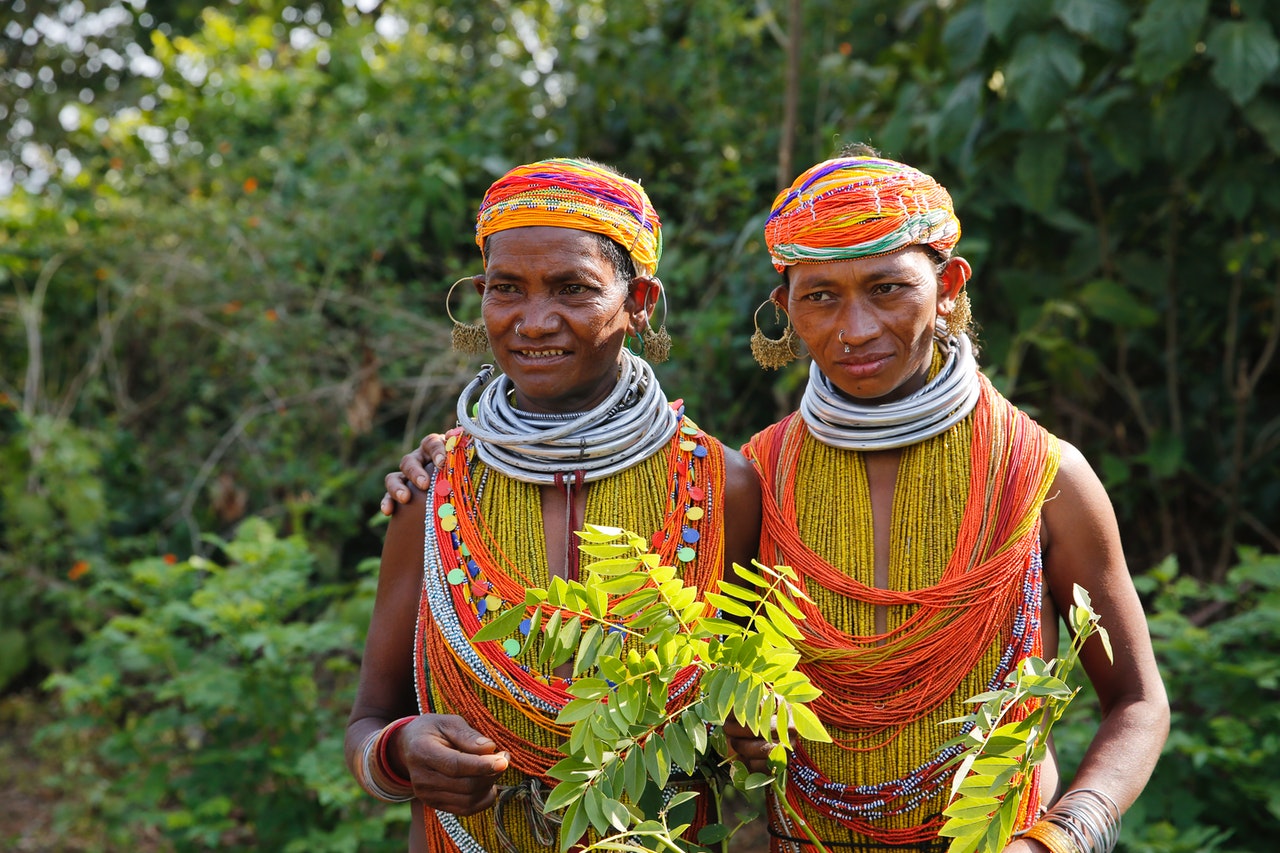
3. Congo Basin, Cameroon
Outside the Amazon, the largest remaining swathe of rainforest on Earth is in the Congo Basin. It’s home to a stunning diversity of wildlife, with 400 species of mammal including gorillas, bonobo apes and forest elephants. It’s rich in human diversity too, home to more than 150 ethnic groups, including the Baka, each with their own store of knowledge and experience of the forest.
And it’s here, within the borders of Cameroon, that some of Africa’s more successful rainforest initiatives have taken root. The country has recognised more than 260 community forests, effectively giving local people land rights over their home forest.
Helping some of these make the most of their rights is the Rainforest Alliance. It’s working with communities in south- eastern Cameroon, around the Dja Biosphere Reserve, which is home to the rare Western Lowland Gorilla. Here it has helped form community- owned enterprises, to enable locals to profit from sustainable harvesting of timber and other forest products such as wild mangoes and the Njansang nut, used for natural oils and soap.
Thanks to being connected with buyers who give them a fair price for their products, some communities have seen a five-fold increase in revenue. This not only helps to lift them out of poverty, but gives them every incentive to protect their forests for the future.
Source: Positive.News
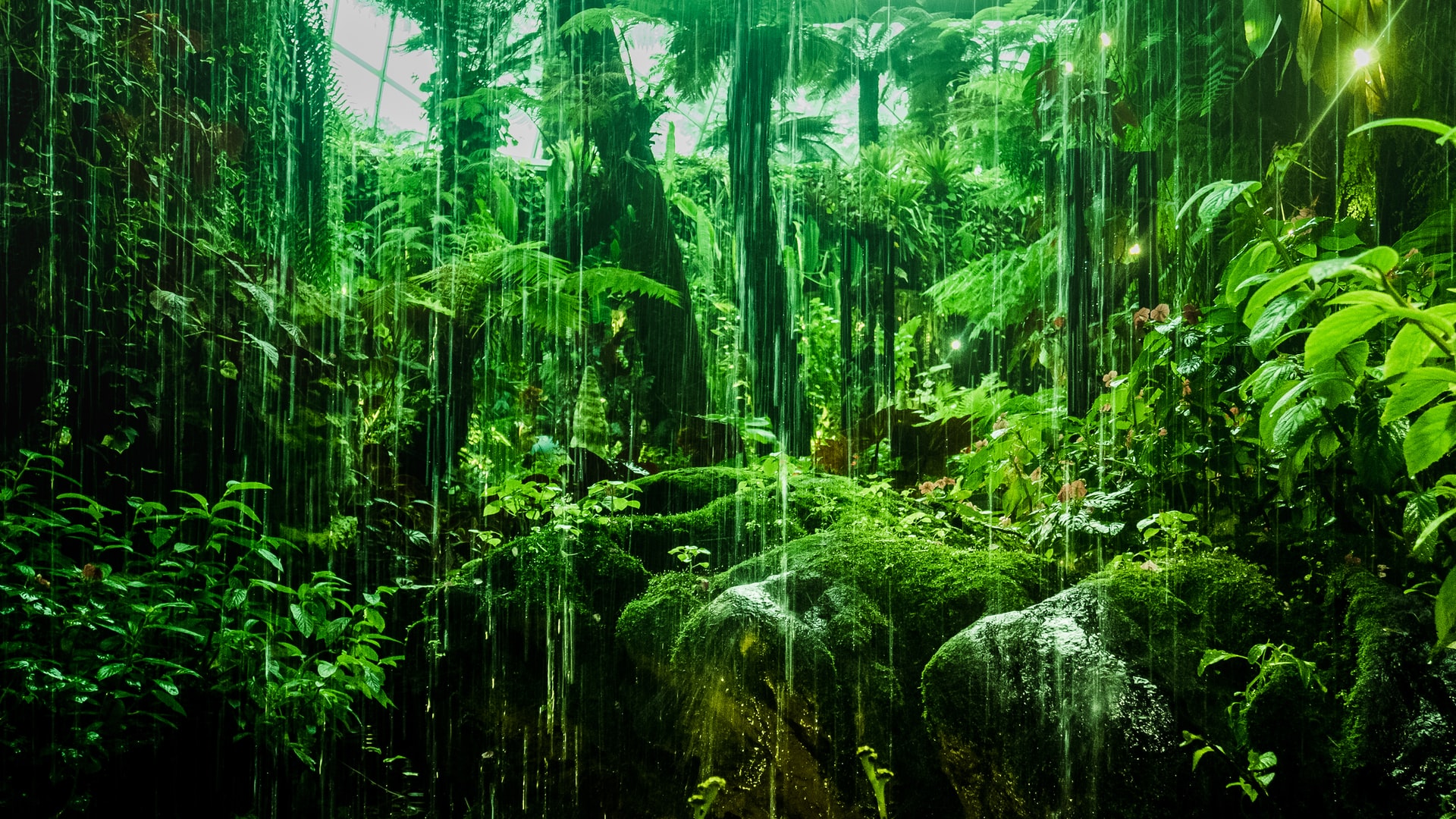
reversing biodiversity loss is critical to reducing the risk of new diseases
Nature is healthier on the more than quarter of the world’s lands that Indigenous people manage or own, according to several scientific studies. Indigenous-managed lands in Brazil, Canada and Australia have as much or more biodiversity than lands set aside for conservation by federal and other governments, researchers have found.
That is in stark contrast from the history of conservation, which has a troubled record of forcing people off their land. So, it is with a mixture of hope and worry that many Indigenous leaders view this latest global goal, known as 30×30, led by Britain, Costa Rica and France. Some want a higher target — more than 50%, while others fear that they may once again be pushed out in the name of conservation.
Nature is under assault because humans gobble up land to grow food, harvest timber and dig for minerals, while also overfishing the oceans. Making matters worse, the combustion of fossil fuels is warming up the planet and making it harder for animals and plants to survive.
There is now broad recognition that reversing the loss of biodiversity is urgent not only for food security and a stable climate, it’s also critical to reducing the risk of new diseases spilling over from wild animals, like the coronavirus.
The goal to protect at least 30% of the Earth’s land and water, long pushed by conservationists, has been taken up by a coalition of countries. It will be part of diplomatic negotiations to be held in Kunming, China, this fall, under the United Nations Convention on Biodiversity. The United States is the only country, apart from the Vatican, that has not joined the convention, though President Biden has ordered up a plan to protect 30% of American waters and lands.
Indigenous communities are not recognised as parties to the international agreement. They can attend as observers to the talks, but can’t vote on the outcome. Practically though, success is impossible without their support, and researchers have now proven that biodiversity protection clearly works best when local communities have a stake.
Source: NewYorkTimes
